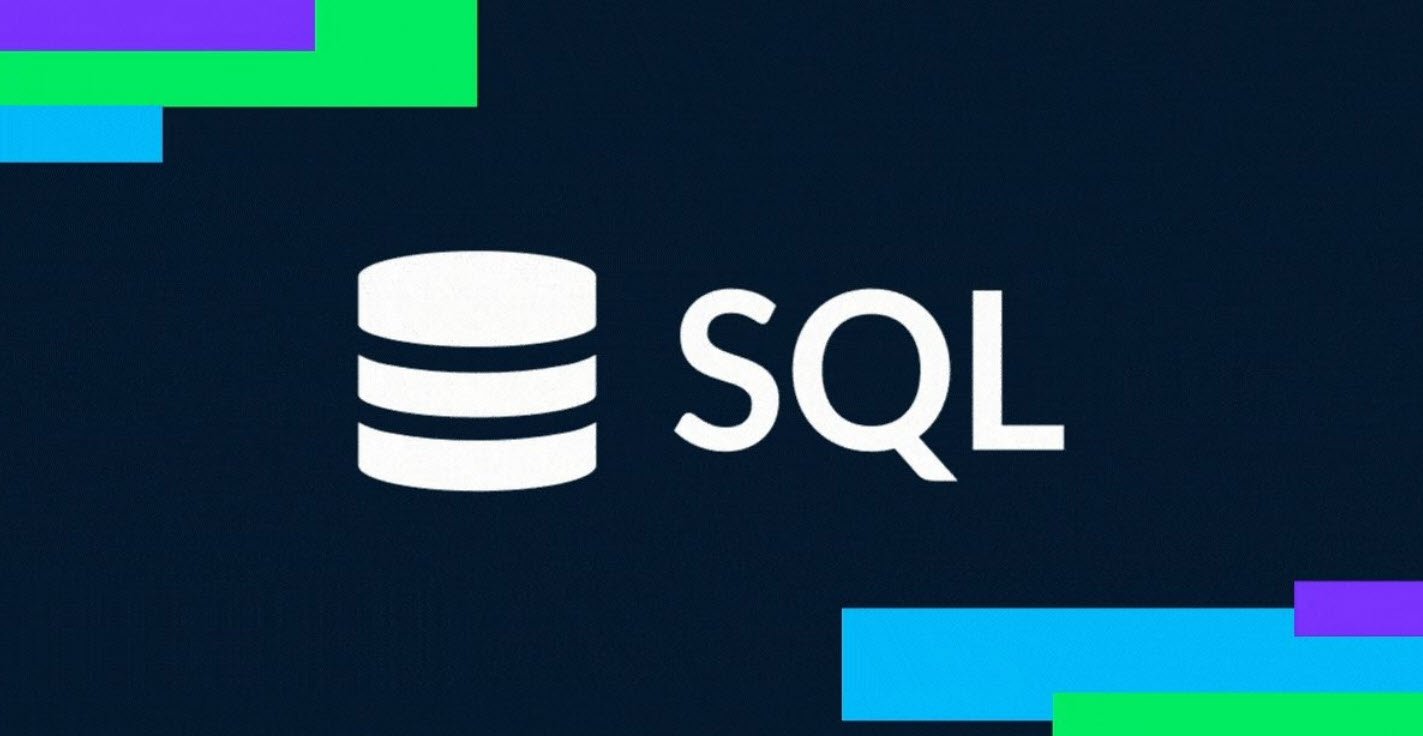
Artificial Intelligence (AI) is a vast and dynamic field that encompasses various subfields and areas of study. From machine learning to knowledge representation, each field within AI focuses on specific aspects and techniques to advance the development of intelligent systems.
Let’s delve into some of the prominent fields within AI:
1. Machine Learning:
Machine learning is a subset of AI that focuses on developing algorithms and models capable of learning from data and making predictions or decisions without explicit programming.
It involves training AI systems with large datasets to recognize patterns, identify correlations, and generalize from examples. Machine learning techniques, such as supervised learning, unsupervised learning, and reinforcement learning, have revolutionized areas such as image recognition, natural language processing, and recommendation systems.
2. Logic:
Logic forms the foundation of AI reasoning and inference. It involves formal systems for representing knowledge and applying rules of deduction and reasoning to draw conclusions. Symbolic logic, propositional logic, and predicate logic are commonly used within AI to represent and manipulate knowledge.
Logic-based AI systems enable intelligent reasoning, problem-solving, and decision-making.
3. Searching:
Searching algorithms play a vital role in AI applications that involve finding optimal solutions or paths within a problem space. Search algorithms, such as depth-first search, breadth-first search, and A* search, are employed to explore and traverse large search spaces efficiently. Searching techniques are crucial in areas like planning, game playing, and optimization problems.
4. Artificial Neural Networks:
Inspired by the structure and functioning of the human brain, artificial neural networks (ANNs) are computational models composed of interconnected artificial neurons. ANNs excel in pattern recognition, classification, and approximation tasks.
Deep learning, a subset of machine learning, utilizes deep neural networks with multiple layers to automatically learn hierarchical representations of data. ANNs have revolutionized image and speech recognition, natural language processing, and other complex AI tasks.
5. Genetic Algorithm:
Genetic algorithms (GAs) are evolutionary computation techniques inspired by the principles of natural selection and genetics. GAs are used to solve optimization and search problems by evolving populations of potential solutions through processes such as selection, crossover, and mutation.
Genetic algorithms can find optimal or near-optimal solutions to complex problems with numerous variables and constraints. They have applications in areas such as scheduling, engineering design, and data analysis.
6. Knowledge Representation:
Knowledge representation is concerned with how information and knowledge are structured, stored, and organized within AI systems. It focuses on representing knowledge in a form that AI systems can understand and reason with.
Techniques such as semantic networks, ontologies, and knowledge graphs are used to represent and organize knowledge in a meaningful way. Effective knowledge representation enables AI systems to process, understand, and use information for decision-making and problem-solving.
These fields of study within AI are just a glimpse of the breadth and diversity of the field. Each area contributes unique methodologies, algorithms, and techniques to enhance the capabilities of intelligent systems. As AI continues to evolve and advance, these fields will undoubtedly intertwine and expand, pushing the boundaries of what is possible in the realm of artificial intelligence.
You may also like:- How To Fix the Crowdstrike/BSOD Issue in Microsoft Windows
- MICROSOFT is Down Worldwide – Read Full Story
- Windows Showing Blue Screen Of Death Error? Here’s How You Can Fix It
- A Guide to SQL Operations: Selecting, Inserting, Updating, Deleting, Grouping, Ordering, Joining, and Using UNION
- Top 10 Most Common Software Vulnerabilities
- Essential Log Types for Effective SIEM Deployment
- How to Fix the VMware Workstation Error: “Unable to open kernel device ‘.\VMCIDev\VMX'”
- Top 3 Process Monitoring Tools for Malware Analysis
- CVE-2024-6387 – Critical OpenSSH Unauthenticated RCE Flaw ‘regreSSHion’ Exposes Millions of Linux Systems
- 22 Most Widely Used Testing Tools








